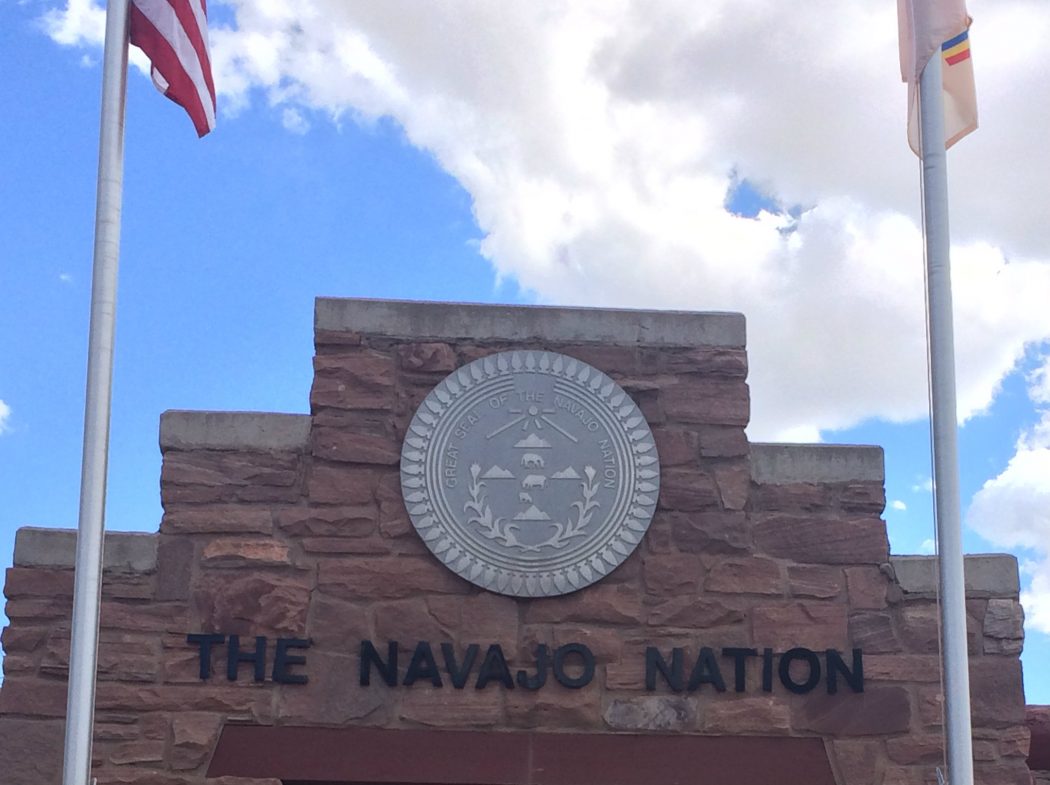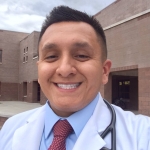“No ifs, ands, or buts” is a common phrase used to assess the cognitive function of elderly patients who present with signs of dementia—but how does one assess a Navajo elder who speaks only a language in which those words do not exist? Providing a medical walker to an elderly patient who has problems with balance and a history of falls seems like the best prevention—but what if their nearest restroom is an outhouse 200 meters outside across rugged desert terrain? Type 2 diabetic patients are always advised to control their blood sugars through medication and lifestyle modifications—but what about those who live in designated food deserts miles from a local grocery store and with minimal income?
 Throughout my life, I have always heard from many professionals that paint a picture of despair when it comes to health issues and disparities amongst Native Americans. While I think that it is important to identify these issues and bring awareness, I have long believed that it’s more important to highlight the successes and the work that tribal communities are doing to improve the health of their own communities. While it seems that I have set a stage of despair, thanks to opportunities like the Rural Health Professions summer experience, I can tell you what my Diné (Navajo) people are doing to improve Diné health.
Throughout my life, I have always heard from many professionals that paint a picture of despair when it comes to health issues and disparities amongst Native Americans. While I think that it is important to identify these issues and bring awareness, I have long believed that it’s more important to highlight the successes and the work that tribal communities are doing to improve the health of their own communities. While it seems that I have set a stage of despair, thanks to opportunities like the Rural Health Professions summer experience, I can tell you what my Diné (Navajo) people are doing to improve Diné health.
Tséhootsooí Medical Center (TMC) is a tribal hospital located on the beautiful landscape of Fort Defiance, Arizona, on the Navajo Nation. For almost 4 weeks, I was without reliable cell service and no wireless internet aside from the nearly dial-up-speed service at the Window Rock McDonald’s located 15 miles away. Although it was different having to adjust to my new yet familiar reservation lifestyle, it was worth it. Everyday I looked forward to clinic, whether I was in physical therapy, podiatry, emergency medicine, gynecology, pediatrics, medical-surgical, or family medicine—it was amazing to be surrounded by professionals who were passionate about caring for Navajos. While there are still only a few Native providers in the country, I had the great opportunity to work alongside great Navajo providers who taught me culturally competent medicine.
In no other hospital would you address your elder patients as Shimá (grandma) and Cheii (grandpa) when they are complete strangers. In a modern healthcare system, you would never be able to walk your patients suffering with neuropathic pain over to a traditional healer’s office. Many tribal and Indian Health Service clinics have a goal of treating their people and community as a whole—ensuring that the body, mind, spirit, and emotions are healthy. During my summer, I was able to see many successful culturally competent initiatives meeting the needs of their community, and I was able to be part of them.
That is what rural medicine is to me: working alongside a community, all of whom you regard as family. As a Navajo medical student working amongst my own community, I can truly say that we are strong, and we are resilient.
Jaymus Lee is a medical student in the Class of 2018 and a member of the Rural Health Professions Program. He holds a BS in Cellular & Molecular Biology from Fort Lewis College in Durango Colorado. His academic interests include Primary Care and Tribal/Rural Health Policy. His other interests include: travel, movies, and of course food.


